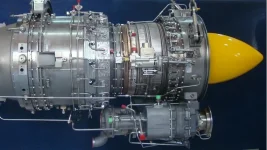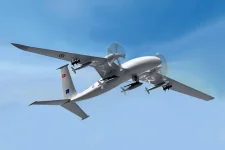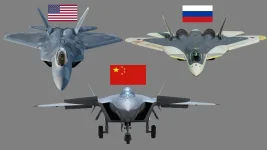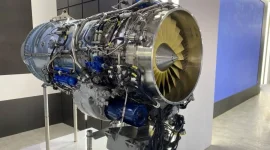- Views: 744
- Replies: 4
The Indian Air Force (IAF) is facing a critical capability challenge as its combat squadron strength is projected to fall below the sanctioned 42 squadrons to under 30 in the coming years. This decline comes amidst a growing threat environment and delays in acquiring manned combat aircraft.
To address this looming shortfall, the IAF needs to urgently prioritize the development and induction of highly autonomous Unmanned Combat Aerial Vehicles (UCAVs) and cost-effective "loyal wingman" drones.
Stealthy, long-range UCAVs offer significant advantages in modern aerial warfare. Equipped with advanced sensors, precision weaponry, and artificial intelligence (AI), these platforms can penetrate heavily defended airspace, conduct surveillance, and neutralize enemy threats with minimal risk to human pilots.
For the IAF, such capabilities are crucial given India's vast borders and the need to maintain air superiority in multiple theaters against potential adversaries like China and Pakistan.
The "loyal wingman" concept involves deploying AI-driven drones that act as force multipliers, flying alongside manned fighters to perform complementary roles such as electronic warfare, target designation, surveillance, and even precision strikes. These drones offer the IAF an affordable solution to enhance the operational efficiency of its existing fighter fleet, with significantly lower development and production costs compared to manned aircraft.
The IAF's dwindling squadron strength is a direct result of aging platforms like the MiG-21 and Jaguars being retired without adequate replacements. This gap, coupled with delays in the Tejas Mk1A and AMCA programs, poses a significant challenge to India's air dominance in a region increasingly characterized by modernized air forces. China, for example, has aggressively developed stealth UCAVs like the GJ-11 and deployed loyal wingman drones in tandem with its J-20 stealth fighters.
Furthermore, Pakistan's growing reliance on drones and its anticipated acquisition of advanced fighters like the J-35 from China adds to the threat matrix. To counter these developments, the IAF cannot solely rely on traditional manned platforms. It needs a hybrid fleet that integrates advanced unmanned systems to maintain a competitive edge in the evolving air combat landscape.
The IAF must collaborate closely with the DRDO and private industry players to accelerate the development of indigenous UCAVs and loyal wingman drones. Programs like the DRDO's Ghatak UCAV and CATS Warrior drone are steps in the right direction, but their timelines need to be expedited. Simultaneously, partnerships with global defense OEMs could provide access to critical technologies, further accelerating capability development.
By embracing these advanced unmanned technologies, the IAF can effectively address its looming squadron shortfall, enhance its combat potential, and maintain its strategic advantage in a rapidly evolving geopolitical environment.




